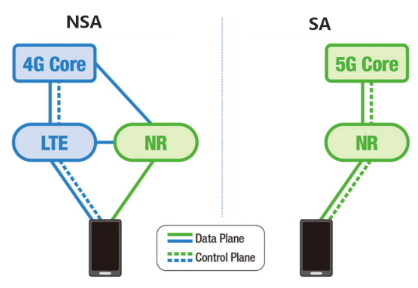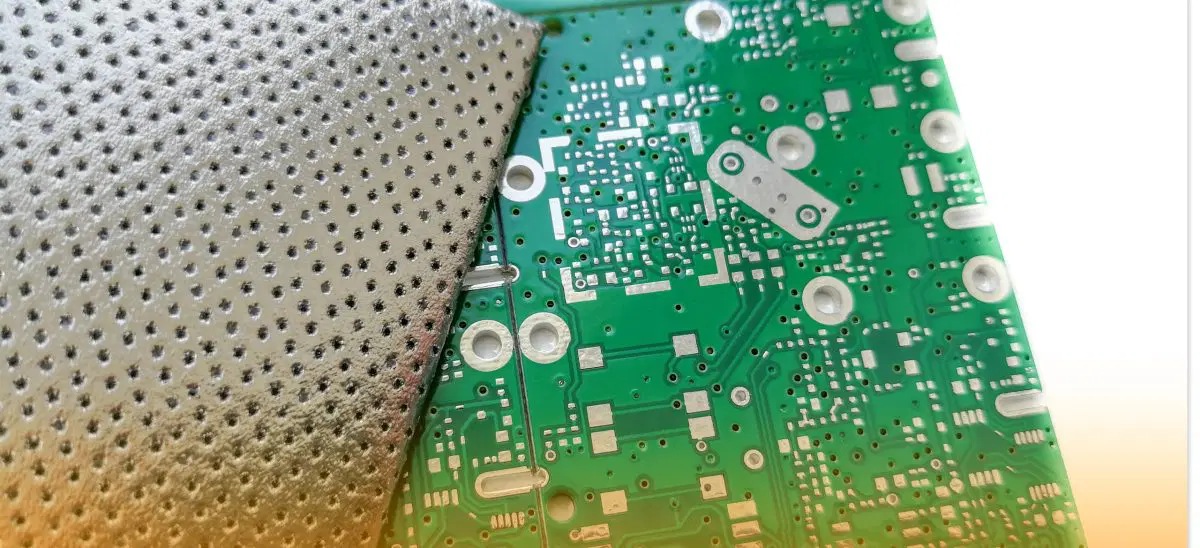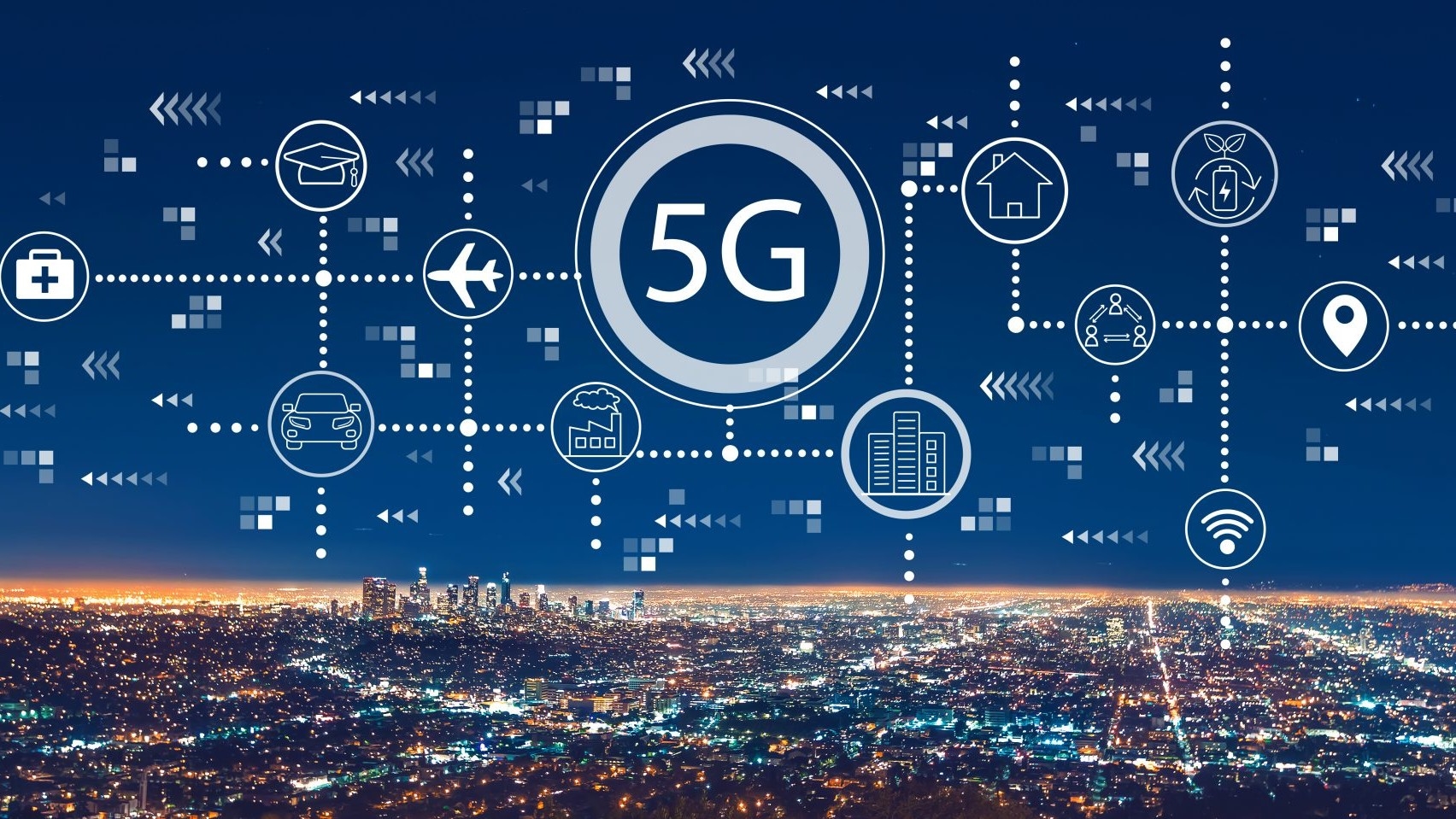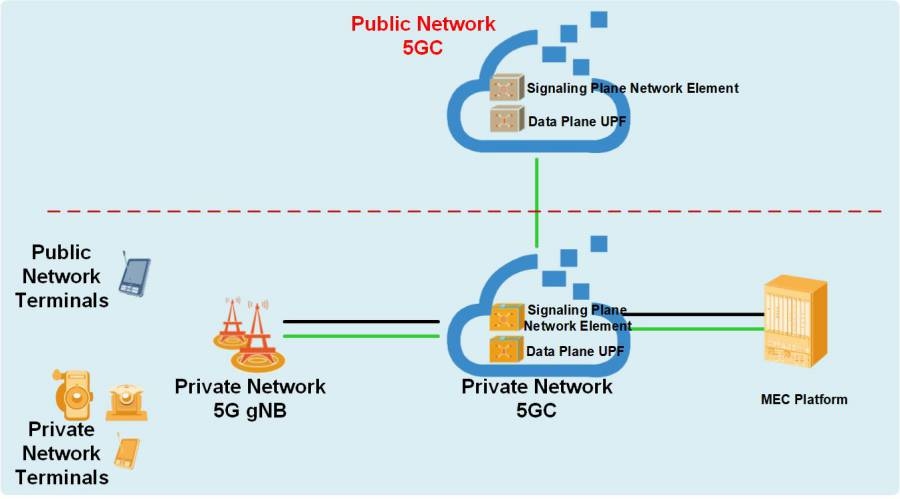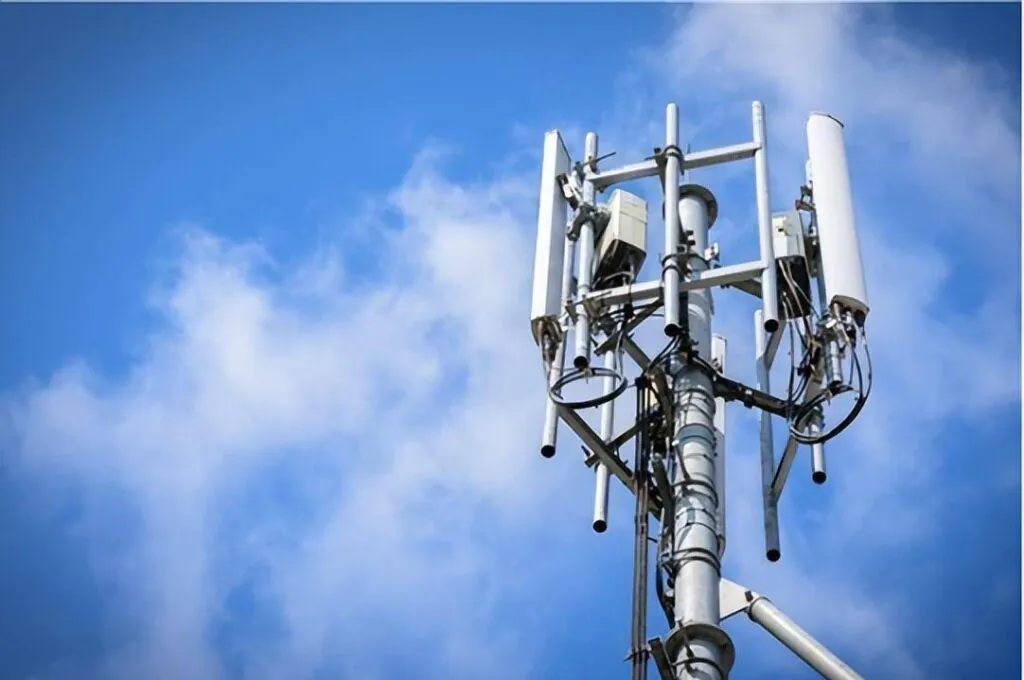Overview
CDMA (Code Division Multiple Access) frequency reuse and multiple access techniques enable multiple users to share the same frequency resources simultaneously. These techniques are central to CDMA network operation.
Frequency Reuse in CDMA
Frequency reuse in CDMA refers to different users modulating their signals with distinct chip sequences so that the signals are mutually orthogonal or nearly orthogonal. This allows simultaneous transmission on the same frequency. This form of frequency reuse is commonly called code division multiple access.
Multiple Access Mechanism
Multiple access in CDMA means that different users encode their data with different spreading codes and transmit signals that are superimposed during transmission. The receiver decodes the composite signal and separates each user's transmission. Multiple access is the basis for supporting concurrent transmissions and receptions in a CDMA system.
Capacity and Interference
By combining frequency reuse and multiple access, CDMA networks achieve efficient spectrum use and the ability for multiple users to communicate simultaneously, providing increased system capacity and interference resilience. This approach has been applied in mobile communication systems, for example in 3G and 4G networks.
Performance in Voice and Data
CDMA offers performance advantages for voice and data, but it also has limitations.
For voice communications, CDMA can deliver high-quality transmission. The use of spreading and coding improves robustness to interference, reducing the impact of background noise and multipath fading on call quality, and providing clearer and more stable voice service.
For data transmission, CDMA can support relatively high data rates. Because a CDMA network can carry multiple users' data simultaneously, it offers higher system capacity and parallel transmission capability, which is suitable for scenarios with substantial data traffic. In 3G and 4G networks, CDMA has been widely used for data services such as internet access and video streaming.
Limitations
CDMA also has performance constraints. First, since users share the same frequency resources, increasing the number of users can limit system capacity and reduce per-user throughput. Second, CDMA systems are relatively less effective at handling bursty high-speed data transmissions in certain application scenarios.
Conclusion
Overall, CDMA demonstrates solid performance for voice and data, but its applicability should be evaluated against specific deployment scenarios and requirements.
 ALLPCB
ALLPCB



